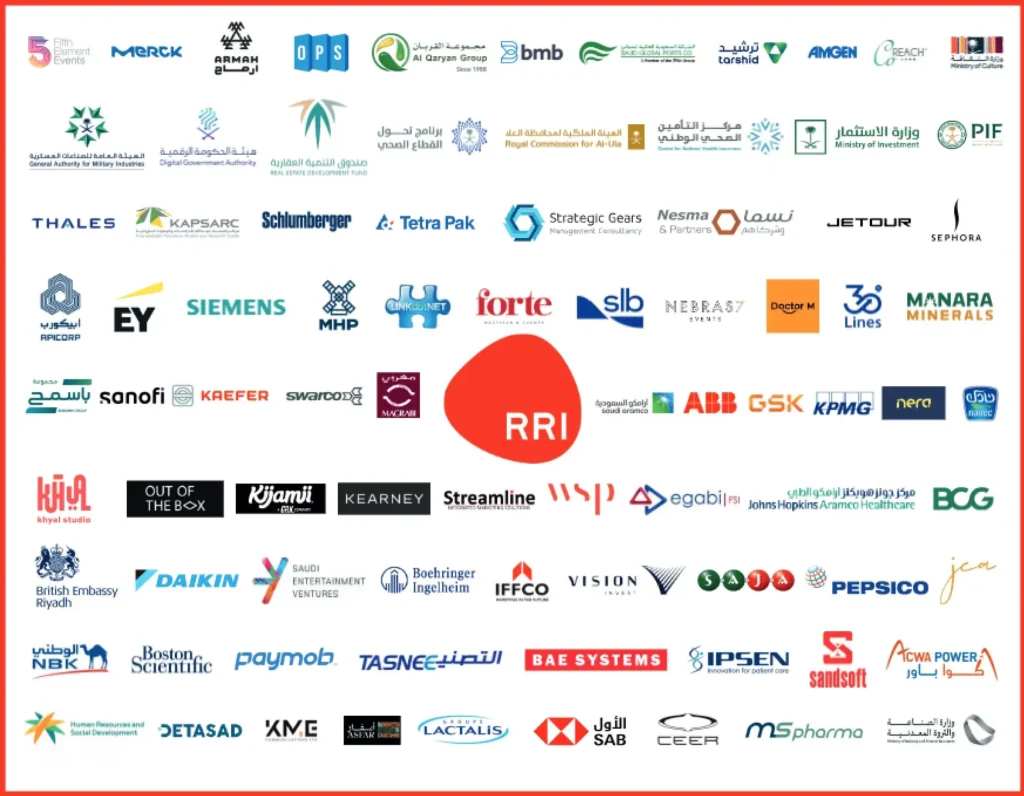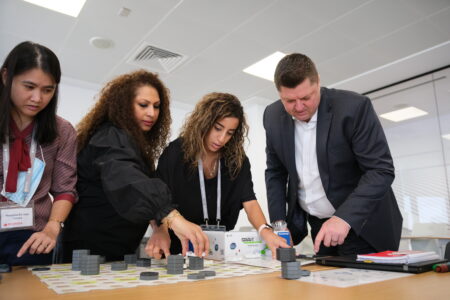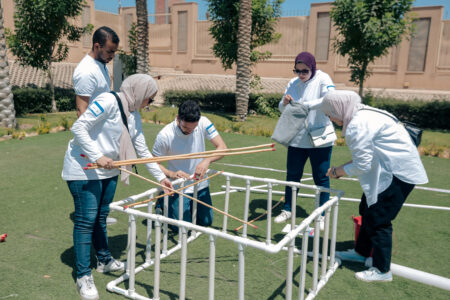Experiential Team Building in Saudi Arabia
We’re the premier provider of team-building Training in Jeddah & Riyadh, Saudi Arabia.
Choose from 12+ different Team Builds
Trusted by

Team Building Activities
Construction
Construction
Adventure
Adventure
Competition
Competition
Digital
Digital
Creative
Creative
Strategy
Strategy
See All Strategy ChallengesHow to book a Red Rock International team build
Step 1 - Get in touch today
Reach us by phone or using the web contact form
Step 2 - We'll arrange a meeting
Taking time to hear your needs is the best way for us to propose the perfect solution
Step 3 - Review our proposal and book
We can make changes as needed until you are happy with the proposed solution
Get in touch today
"*" indicates required fields
We've helped thousands of teams in the region to become stronger and more engaged
Over 1,400 Team Builds delivered
240,000+ participants
97% satisfaction rating
Who can benefit from our team builds?
Teams of 10 - 500
Organisations looking for a tailored learning experience
Senior Leadership Teams - Development Workshops
Engage and build your team

Engage
Experiences that engage senior managers to junior team members, across genders and cultures

Connect
Team builds designed to build relationship across the whole team through our team development services

Perform
Lasting impact on the team’s ability to perform
Our promise to you
- We’ll get to know you, respect you and take care of your people
- We’ll ensure the team build works for your team
- Your employees will be highly engaged
- You will look like a genius for putting on an unforgettable event
Team Building FAQ
We have tried and tested our team builds and are team are accustomed to handling situations which arise.
We’ve been delivering soft skills training and team building events in the region since 2011. We understand the cultural mix and deliver services which work for all.
Yes! We have some favourite venues which work well for team building. Having worked in many different venues, we have a good idea of what is needed for any size event and where to find it.
Include examples of indoor, outdoor, and corporate-specific activities.
Emphasize any flexibility in designing programs specific to their needs.
Address the time commitment, e.g., half-day, full-day, or multi-day programs.
Transform your team today with an unforgettable team building experience in Saudi Arabia - Contact us now!
Contact us today to design a customized experience for your team.

